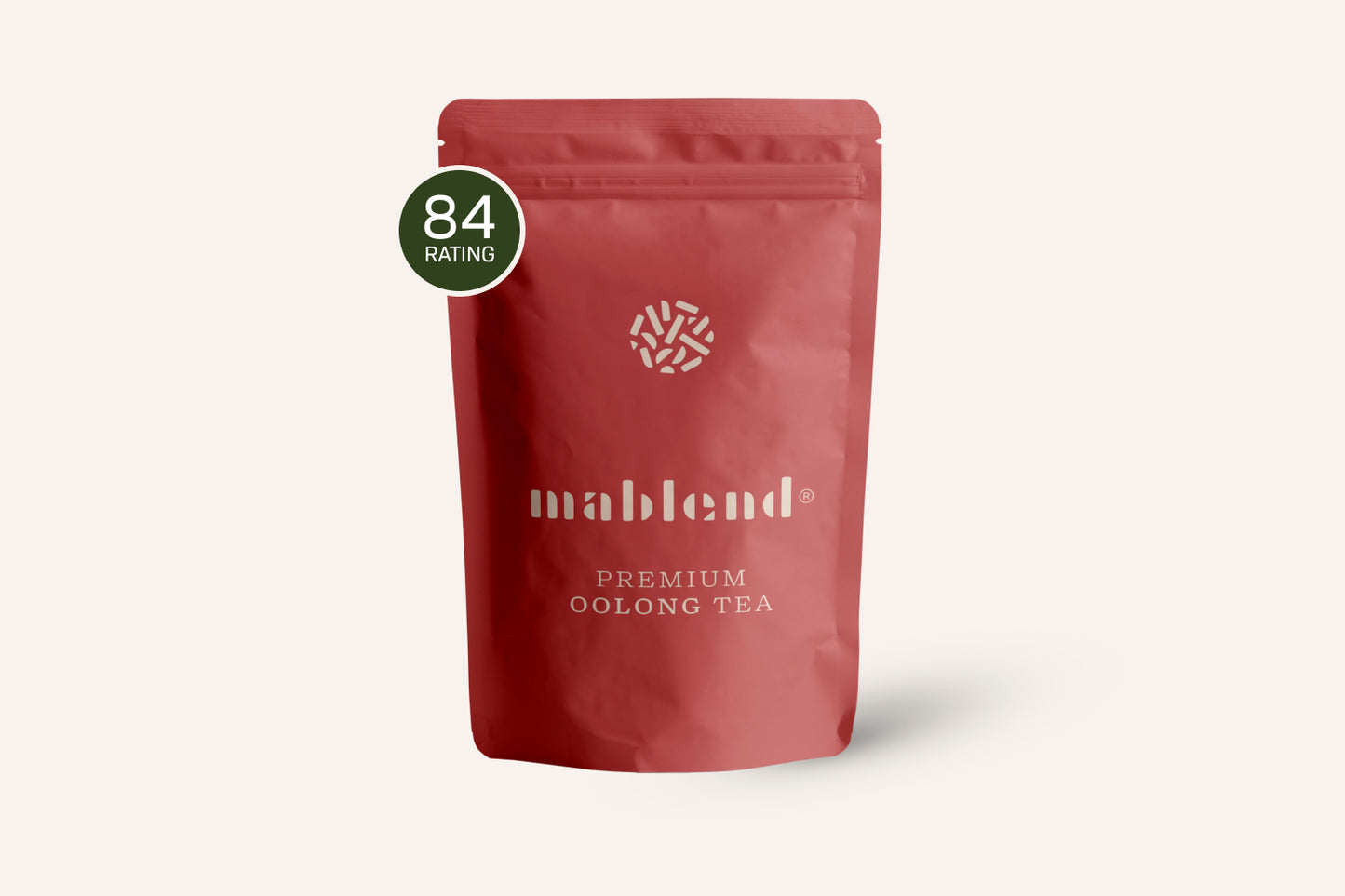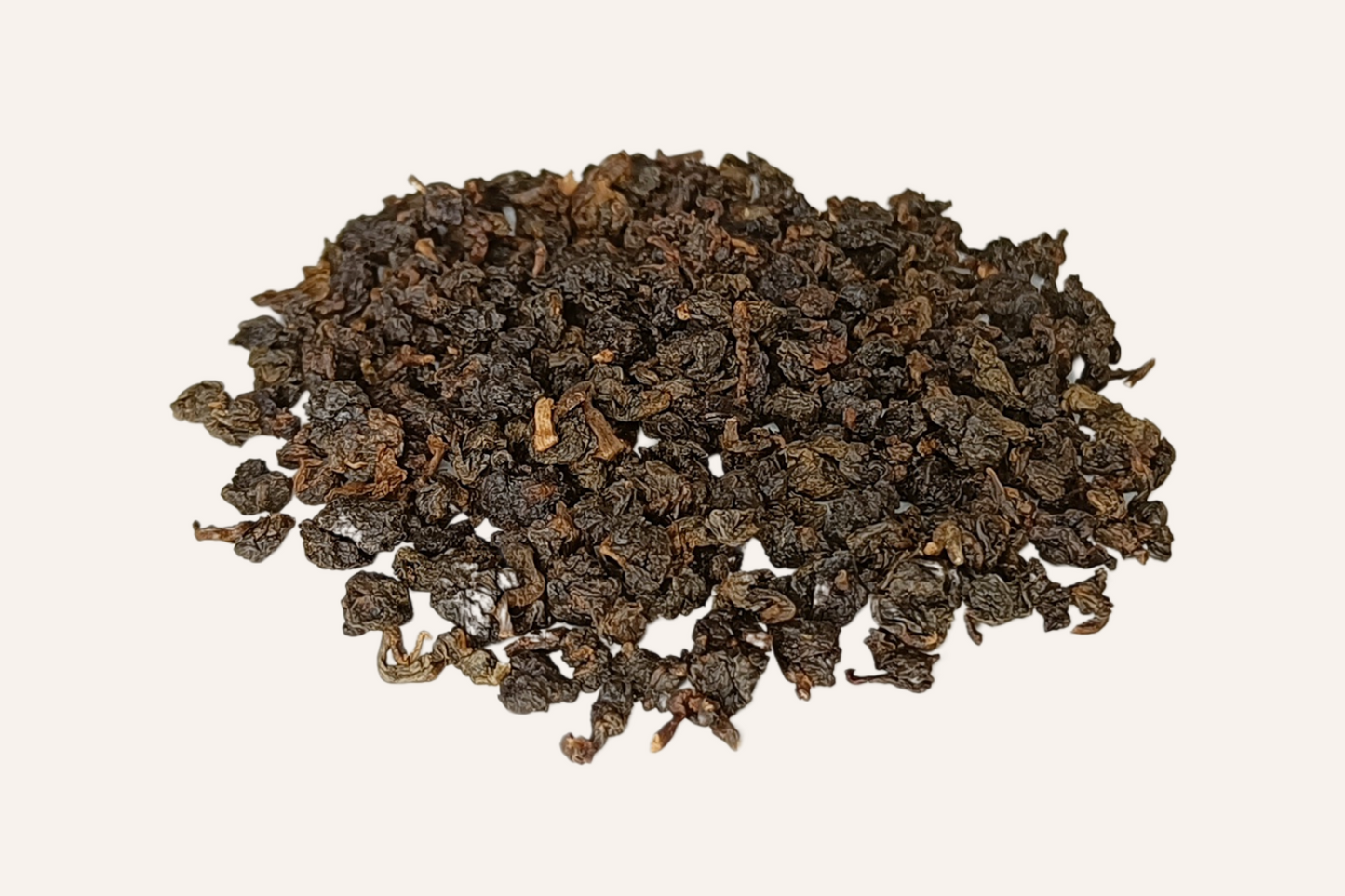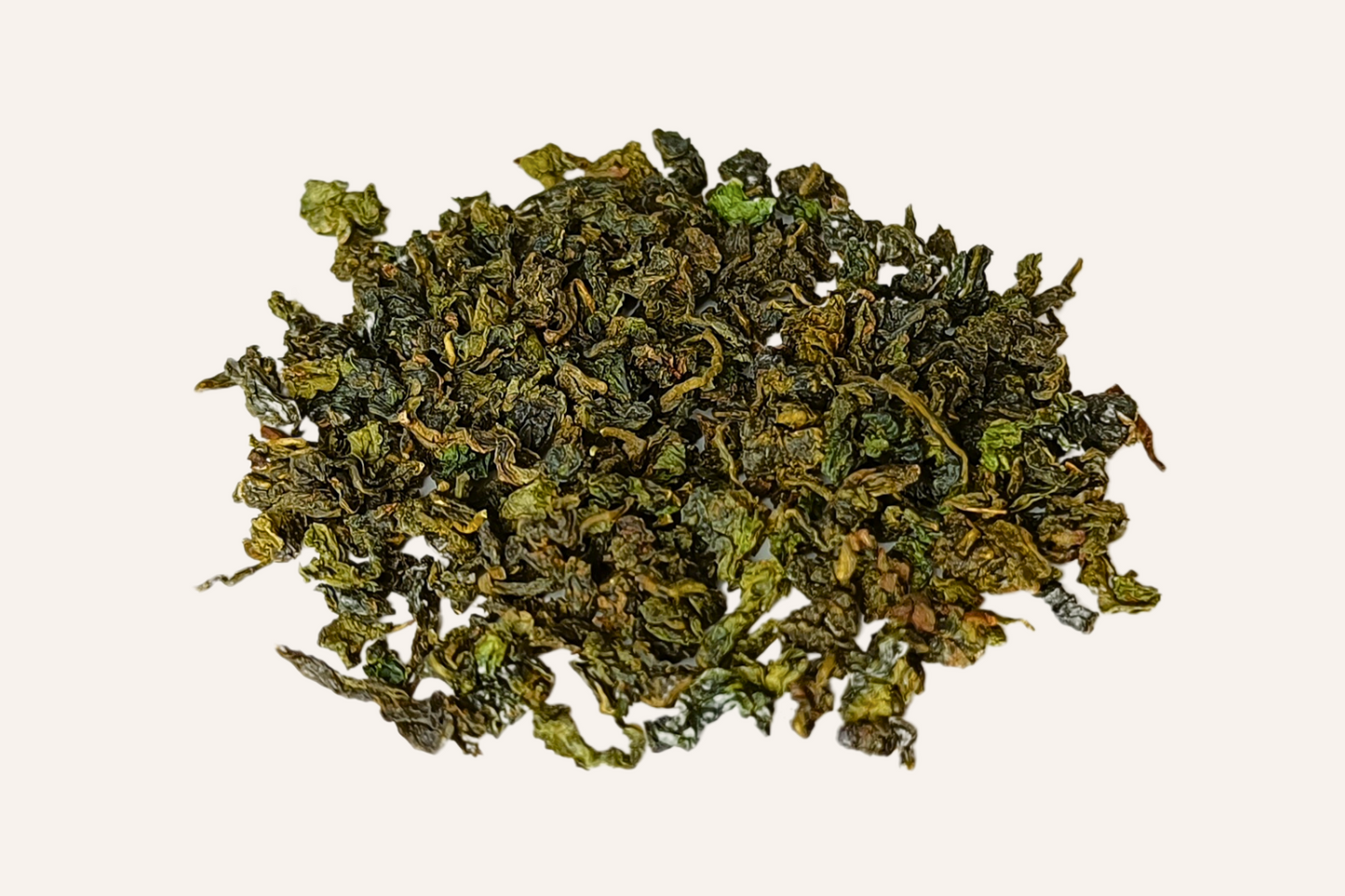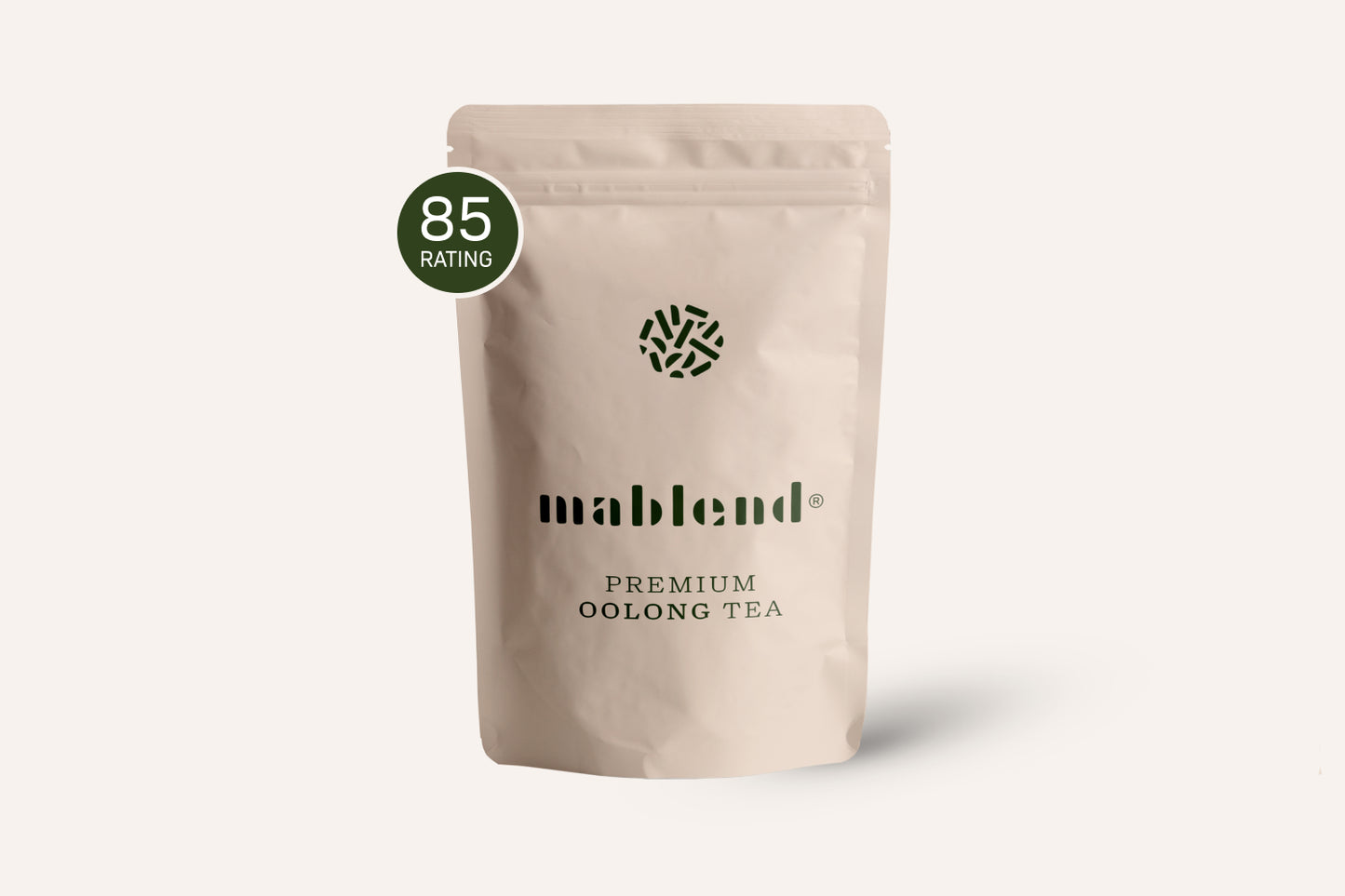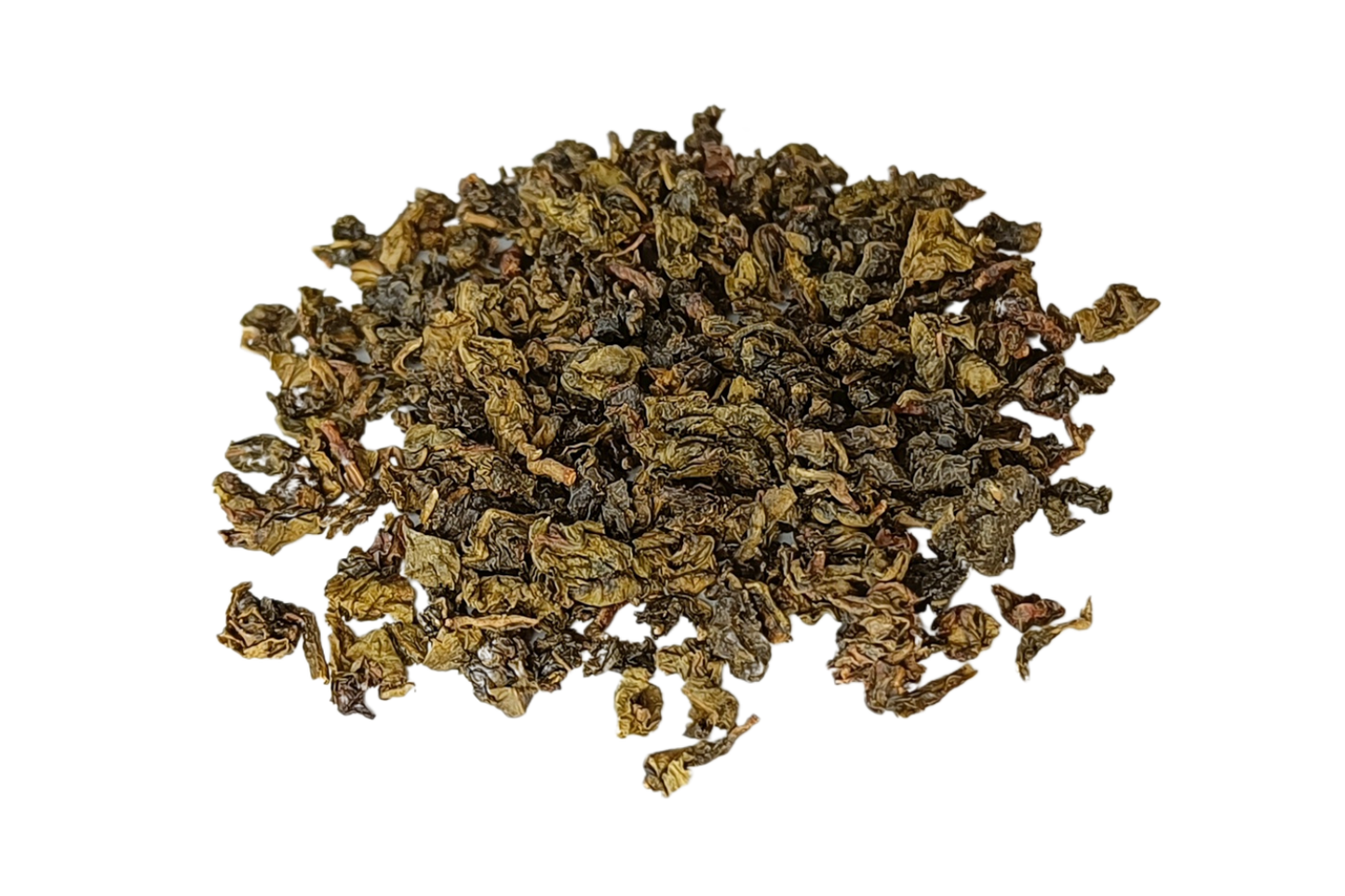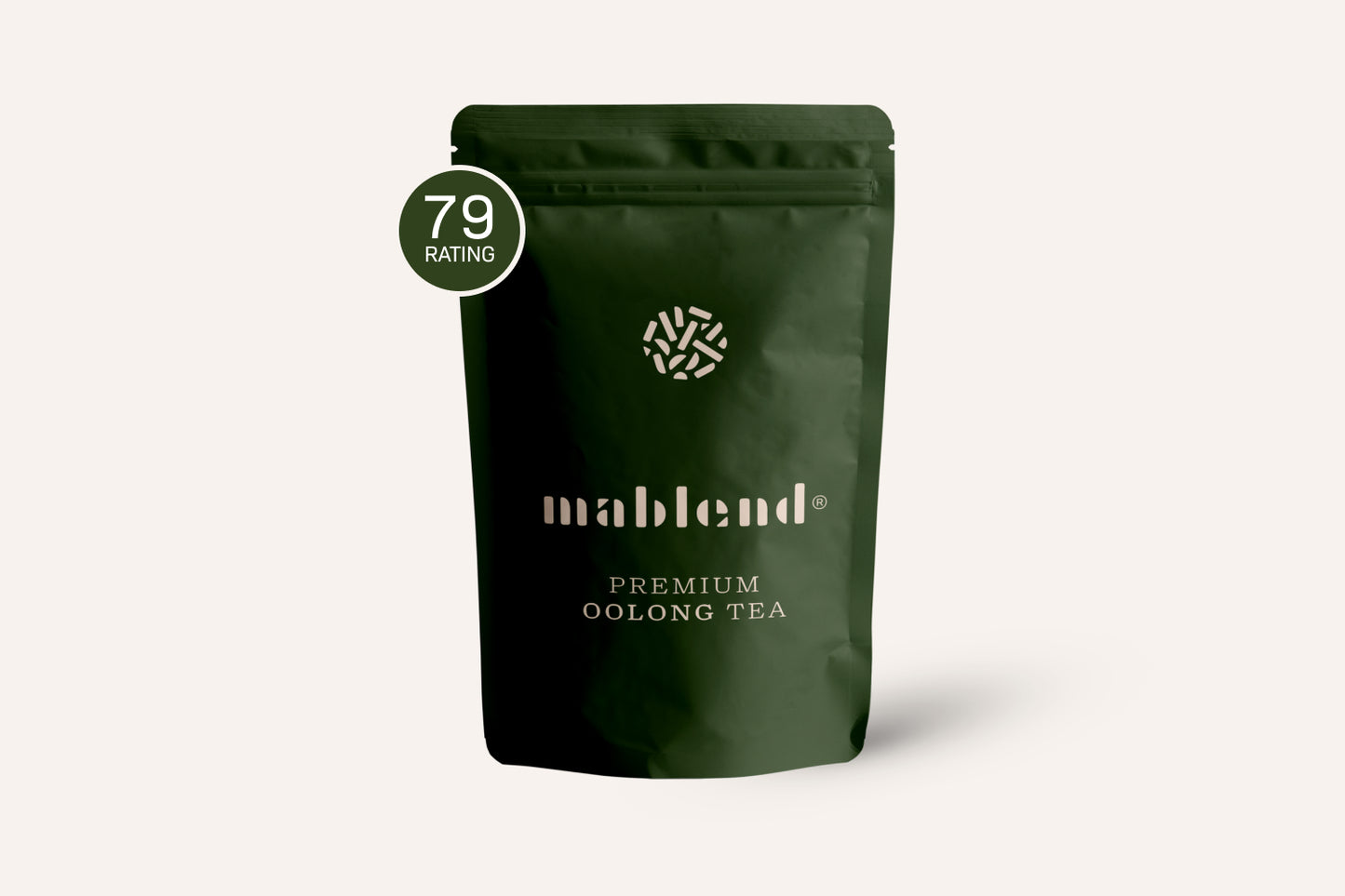Tea, a timeless and beloved drink all over the world, has also conquered a special place in our hearts and kitchens in the Netherlands. The Dutch tea market has grown steadily in recent years, and this growth is still in full swing. In this informative blog article we delve deeper into the figures of the Dutch tea market by tea type and examine the most important trends shaping this industry.
A Growing Market
In 2022, no less than 1.5 billion liters of tea were consumed in the Netherlands, which represents an impressive increase of 3% compared to the previous year. This translates to a turnover of approximately 2.5 billion euros for the Dutch tea market. This unprecedented growth can be attributed to several factors, including the growing popularity of tea among young people, the extensive range of tea varieties and an increasing focus on health and wellness.
Tea Bags vs. Loose Tea
According to data from the Dutch Association of Coffee Roasters and Tea Packers (NVKT), approximately 80% of tea in the Netherlands is still made using tea bags. However, the popularity of loose tea is growing steadily and now represents approximately 20% of total tea consumption.

This shift is partly due to an appreciation for the higher quality of loose tea leaves, which often offer more flavor and aroma than their packaged counterparts. Additionally, using loose tea leaves allows enthusiasts to increase control over the strength and flavor of their tea. Not to mention that loose tea leaves are generally more sustainable than disposable tea bags, which is in line with the growing attention to environmental awareness.
Black Tea: The Undisputed Favorite
Black tea is without a doubt the most popular tea in the Netherlands. In 2022, no less than 700 million liters of black tea were consumed, accounting for an impressive 46% of total tea consumption. This powerful and robust tea is available in a wide range of flavors, from traditional black tea to more exotic varieties such as Earl Gray and Chai. The deep, full flavor of black tea has a lasting appeal to Dutch tea drinkers.
Green Tea: Delicate and Healthy
Green tea follows as the second most consumed tea in the Netherlands. In 2022, 300 million liters of green tea were consumed, which accounts for 20% of total tea consumption. This light tea with its refreshing and delicate taste is loved not only for its taste, but also for its health benefits. Green tea is known for its abundance of antioxidants and is therefore attracting more and more people who are conscious about their health.
Fruit Tea: A Sweet Temptation
Fruit tea is a growing star in the Dutch tea market. In 2022, 150 million liters of fruit tea were consumed, accounting for 10% of total tea consumption. This refreshing tea with its natural sweetness is available in a wide variety of flavors ranging from strawberry and mango to lemon and cranberry. It is the perfect choice for those looking for a tasty and sugar-free option.
Other Teas
Other, more specialized types of tea such as white tea, oolong tea and pu-erh tea also have a place in Dutch tea consumption, but these are less popular. In 2022, 50 million liters of these tea varieties were consumed, which amounts to 3% of total tea consumption.
Conclusion
The Dutch tea market is not only growing, but also varied. While loose tea consumption is steadily increasing and tea bag use remains stable, Dutch tea lovers continue to enjoy a rich variety of flavors and styles. Whether you prefer the deep, powerful flavor of black tea, the refreshing delicacy of green tea, the natural sweetness of fruit tea or the subtlety of other teas, the Netherlands has something for everyone. The Dutch tea market continues to thrive, driven by our love for this timeless drink and the constant discovery of new flavors and variants. So what are you waiting for? Dive into the diverse world of tea and enjoy a wonderful journey through Dutch tea consumption.
